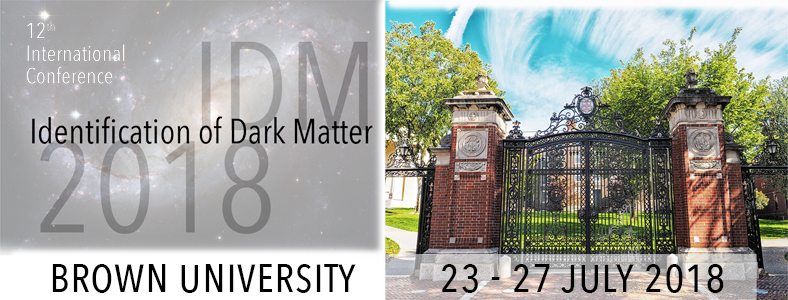Speaker
Description
For the minimal QCD axion model it is generally believed that overproduction of dark matter constrains the axion mass to be above a certain threshold, or at least that the initial misalignment angle must be tuned if the mass is below that threshold. We demonstrate that this is incorrect. During inflation, if the Hubble scale is low, the axion tends toward an equilibrium. This means the minimal QCD axion can naturally give the observed dark matter abundance in the entire lower part of the mass range, down to masses ∼$10^{12}$ eV (or $f_a$ up to almost the Planck scale). The axion abundance is generated by quantum fluctuations of the field during inflation. This mechanism generates cold dark matter with negligible isocurvature perturbations. In addition to the QCD axion, this mechanism can also generate a cosmological abundance of axion-like particles and other light fields.
